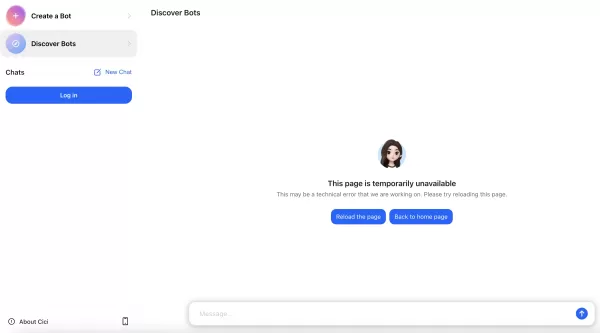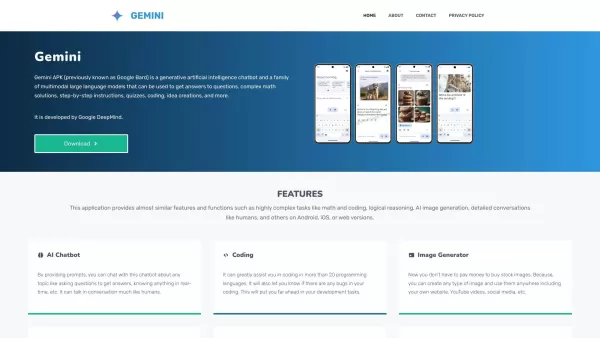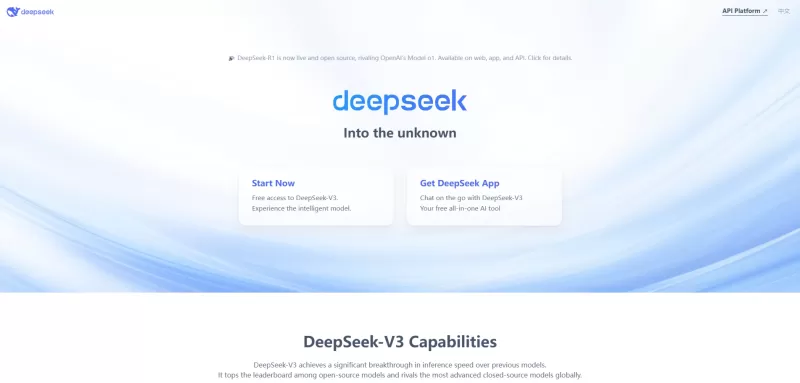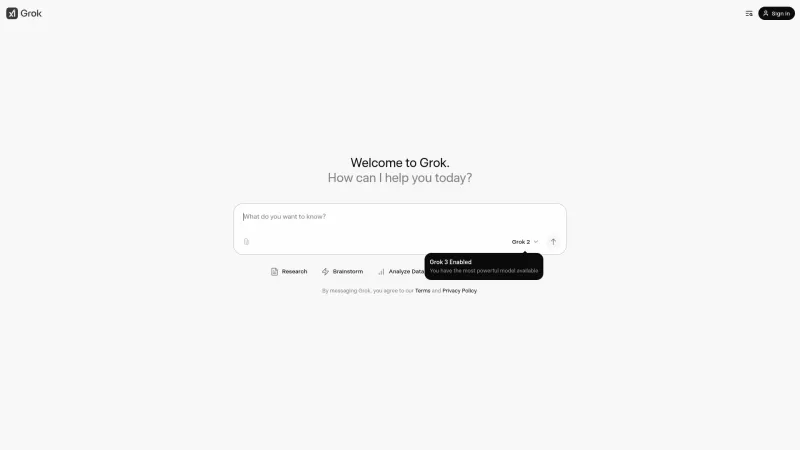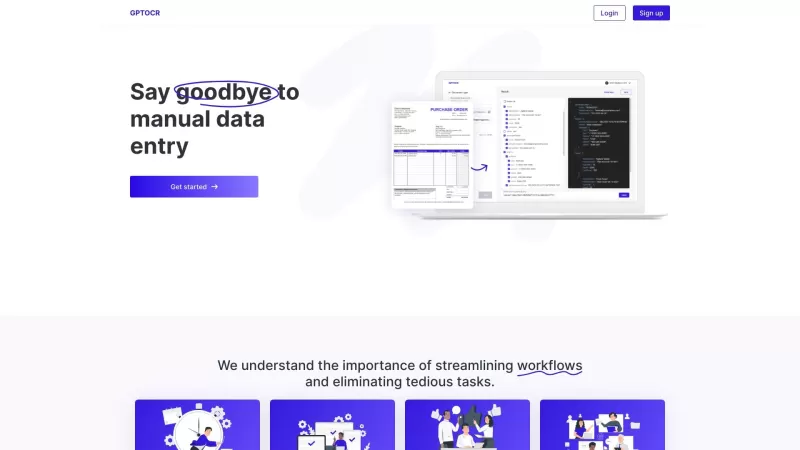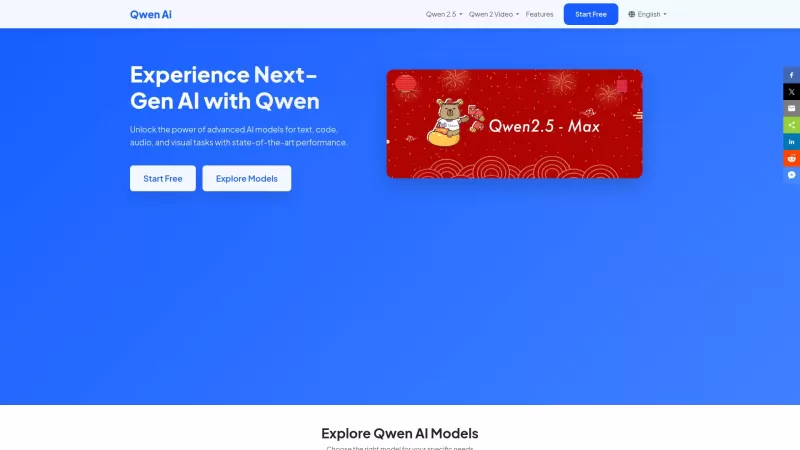Google Unveils SpeciesNet: AI for Wildlife Identification
Google has recently made SpeciesNet, an AI model, open source. This tool is designed to identify various animal species by analyzing photos captured by camera traps, which are essentially digital cameras equipped with infrared sensors used by researchers globally to monitor wildlife populations. The challenge with these camera traps is the sheer volume of data they produce, which can take a considerable amount of time to analyze.
To address this issue, Google introduced Wildlife Insights about six years ago as part of their Google Earth Outreach philanthropy program. This platform allows researchers to upload, share, and analyze wildlife images collaboratively, significantly speeding up the process of data analysis from camera traps.
SpeciesNet, which powers many of the analysis tools on Wildlife Insights, was trained on an impressive dataset of over 65 million images. These images were sourced from public collections as well as from notable organizations such as the Smithsonian Conservation Biology Institute, the Wildlife Conservation Society, the North Carolina Museum of Natural Sciences, and the Zoological Society of London.
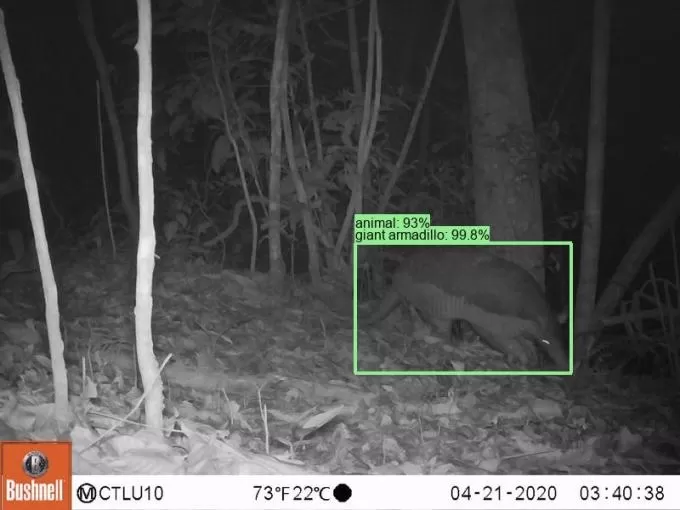
Output from SpeciesNet.Image Credits:University of Minnesota
According to Google, SpeciesNet is capable of classifying images into over 2,000 different labels. These labels not only cover specific animal species but also broader taxa like "mammalian" or "Felidae," and even non-animal objects such as "vehicle."
In a blog post released on Monday, Google highlighted that the release of SpeciesNet as an open-source tool will empower tool developers, academics, and biodiversity-focused startups to enhance their monitoring of biodiversity in natural environments. The model is available on GitHub under an Apache 2.0 license, which means it can be used commercially with minimal restrictions.
It's important to mention that Google isn't the only player in this field. Microsoft's AI for Good Lab also offers PyTorch Wildlife, another open-source AI framework that includes pre-trained models specifically fine-tuned for detecting and classifying animals in camera trap images.
Related article
 Google's AI Now Handles Phone Calls for You
Google has expanded its AI calling feature to all US users through Search, enabling customers to inquire about pricing and availability with local businesses without phone conversations. Initially tested in January, this capability currently supports
Google's AI Now Handles Phone Calls for You
Google has expanded its AI calling feature to all US users through Search, enabling customers to inquire about pricing and availability with local businesses without phone conversations. Initially tested in January, this capability currently supports
 Google Relaunches AI-Powered 'Ask Photos' with Improved Speed Features
Following a temporary halt in testing, Google is relaunching its AI-driven "Ask Photos" search functionality in Google Photos with significant enhancements. Powered by Google's Gemini AI technology, this innovative feature helps users locate specific
Google Relaunches AI-Powered 'Ask Photos' with Improved Speed Features
Following a temporary halt in testing, Google is relaunching its AI-driven "Ask Photos" search functionality in Google Photos with significant enhancements. Powered by Google's Gemini AI technology, this innovative feature helps users locate specific
 Google AI Ultra Unveiled: Premium Subscription Priced at $249.99 Monthly
Google Unveils Premium AI Ultra SubscriptionAt Google I/O 2025, the tech giant announced its new comprehensive AI subscription service - Google AI Ultra. Priced at $249.99 monthly, this premium offering provides exclusive access to Google's most adva
Comments (49)
0/200
Google AI Ultra Unveiled: Premium Subscription Priced at $249.99 Monthly
Google Unveils Premium AI Ultra SubscriptionAt Google I/O 2025, the tech giant announced its new comprehensive AI subscription service - Google AI Ultra. Priced at $249.99 monthly, this premium offering provides exclusive access to Google's most adva
Comments (49)
0/200
![KeithNelson]() KeithNelson
KeithNelson
 August 21, 2025 at 5:01:34 PM EDT
August 21, 2025 at 5:01:34 PM EDT
This AI wildlife identifier sounds cool! 🦒 Imagine rangers using it to track endangered species in real-time. Hope it’s accurate and doesn’t mix up a tiger with a tabby cat!


 0
0
![DanielLewis]() DanielLewis
DanielLewis
 August 18, 2025 at 2:01:09 PM EDT
August 18, 2025 at 2:01:09 PM EDT
Super cool that Google open-sourced SpeciesNet! 🦒 Identifying wildlife from camera traps sounds like a game-changer for conservation. Wonder how accurate it is in dense forests?


 0
0
![RobertHarris]() RobertHarris
RobertHarris
 July 27, 2025 at 9:20:21 PM EDT
July 27, 2025 at 9:20:21 PM EDT
Whoa, Google's SpeciesNet sounds like a game-changer for wildlife tracking! Imagine researchers spotting rare animals just by snapping pics. But, like, how accurate is this AI in messy real-world conditions? 🤔


 0
0
![FrankSanchez]() FrankSanchez
FrankSanchez
 July 23, 2025 at 12:59:29 AM EDT
July 23, 2025 at 12:59:29 AM EDT
This is wild! SpeciesNet sounds like a game-changer for wildlife researchers. I wonder how accurate it is with rare species? 🤔


 0
0
![RaymondGreen]() RaymondGreen
RaymondGreen
 April 22, 2025 at 9:04:29 AM EDT
April 22, 2025 at 9:04:29 AM EDT
GoogleのSpeciesNetは野生動物愛好家にとって救世主です!使い方が簡単で、写真を撮るだけでどの動物かわかるなんて最高です。ただ、似た種と間違えることがあるのがちょっと残念。でも、自然好きには必須のアプリですね。Google、頑張ってください!🌿🐾


 0
0
![BillyEvans]() BillyEvans
BillyEvans
 April 20, 2025 at 7:40:08 AM EDT
April 20, 2025 at 7:40:08 AM EDT
¡SpeciesNet es genial para los entusiastas de la vida silvestre! Es increíble cómo puede identificar tantas especies solo con una foto. Lo único es que a veces tiene problemas con especies raras, pero oye, sigue siendo una gran herramienta para cualquiera interesado en la vida silvestre. 🦒


 0
0
Google has recently made SpeciesNet, an AI model, open source. This tool is designed to identify various animal species by analyzing photos captured by camera traps, which are essentially digital cameras equipped with infrared sensors used by researchers globally to monitor wildlife populations. The challenge with these camera traps is the sheer volume of data they produce, which can take a considerable amount of time to analyze.
To address this issue, Google introduced Wildlife Insights about six years ago as part of their Google Earth Outreach philanthropy program. This platform allows researchers to upload, share, and analyze wildlife images collaboratively, significantly speeding up the process of data analysis from camera traps.
SpeciesNet, which powers many of the analysis tools on Wildlife Insights, was trained on an impressive dataset of over 65 million images. These images were sourced from public collections as well as from notable organizations such as the Smithsonian Conservation Biology Institute, the Wildlife Conservation Society, the North Carolina Museum of Natural Sciences, and the Zoological Society of London.

According to Google, SpeciesNet is capable of classifying images into over 2,000 different labels. These labels not only cover specific animal species but also broader taxa like "mammalian" or "Felidae," and even non-animal objects such as "vehicle."
In a blog post released on Monday, Google highlighted that the release of SpeciesNet as an open-source tool will empower tool developers, academics, and biodiversity-focused startups to enhance their monitoring of biodiversity in natural environments. The model is available on GitHub under an Apache 2.0 license, which means it can be used commercially with minimal restrictions.
It's important to mention that Google isn't the only player in this field. Microsoft's AI for Good Lab also offers PyTorch Wildlife, another open-source AI framework that includes pre-trained models specifically fine-tuned for detecting and classifying animals in camera trap images.
 Google's AI Now Handles Phone Calls for You
Google has expanded its AI calling feature to all US users through Search, enabling customers to inquire about pricing and availability with local businesses without phone conversations. Initially tested in January, this capability currently supports
Google's AI Now Handles Phone Calls for You
Google has expanded its AI calling feature to all US users through Search, enabling customers to inquire about pricing and availability with local businesses without phone conversations. Initially tested in January, this capability currently supports
 Google Relaunches AI-Powered 'Ask Photos' with Improved Speed Features
Following a temporary halt in testing, Google is relaunching its AI-driven "Ask Photos" search functionality in Google Photos with significant enhancements. Powered by Google's Gemini AI technology, this innovative feature helps users locate specific
Google Relaunches AI-Powered 'Ask Photos' with Improved Speed Features
Following a temporary halt in testing, Google is relaunching its AI-driven "Ask Photos" search functionality in Google Photos with significant enhancements. Powered by Google's Gemini AI technology, this innovative feature helps users locate specific
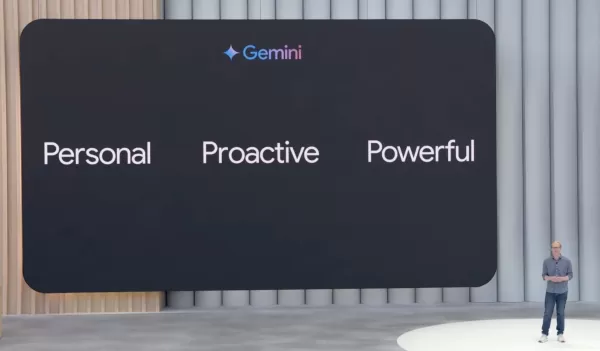 Google AI Ultra Unveiled: Premium Subscription Priced at $249.99 Monthly
Google Unveils Premium AI Ultra SubscriptionAt Google I/O 2025, the tech giant announced its new comprehensive AI subscription service - Google AI Ultra. Priced at $249.99 monthly, this premium offering provides exclusive access to Google's most adva
Google AI Ultra Unveiled: Premium Subscription Priced at $249.99 Monthly
Google Unveils Premium AI Ultra SubscriptionAt Google I/O 2025, the tech giant announced its new comprehensive AI subscription service - Google AI Ultra. Priced at $249.99 monthly, this premium offering provides exclusive access to Google's most adva
 August 21, 2025 at 5:01:34 PM EDT
August 21, 2025 at 5:01:34 PM EDT
This AI wildlife identifier sounds cool! 🦒 Imagine rangers using it to track endangered species in real-time. Hope it’s accurate and doesn’t mix up a tiger with a tabby cat!


 0
0
 August 18, 2025 at 2:01:09 PM EDT
August 18, 2025 at 2:01:09 PM EDT
Super cool that Google open-sourced SpeciesNet! 🦒 Identifying wildlife from camera traps sounds like a game-changer for conservation. Wonder how accurate it is in dense forests?


 0
0
 July 27, 2025 at 9:20:21 PM EDT
July 27, 2025 at 9:20:21 PM EDT
Whoa, Google's SpeciesNet sounds like a game-changer for wildlife tracking! Imagine researchers spotting rare animals just by snapping pics. But, like, how accurate is this AI in messy real-world conditions? 🤔


 0
0
 July 23, 2025 at 12:59:29 AM EDT
July 23, 2025 at 12:59:29 AM EDT
This is wild! SpeciesNet sounds like a game-changer for wildlife researchers. I wonder how accurate it is with rare species? 🤔


 0
0
 April 22, 2025 at 9:04:29 AM EDT
April 22, 2025 at 9:04:29 AM EDT
GoogleのSpeciesNetは野生動物愛好家にとって救世主です!使い方が簡単で、写真を撮るだけでどの動物かわかるなんて最高です。ただ、似た種と間違えることがあるのがちょっと残念。でも、自然好きには必須のアプリですね。Google、頑張ってください!🌿🐾


 0
0
 April 20, 2025 at 7:40:08 AM EDT
April 20, 2025 at 7:40:08 AM EDT
¡SpeciesNet es genial para los entusiastas de la vida silvestre! Es increíble cómo puede identificar tantas especies solo con una foto. Lo único es que a veces tiene problemas con especies raras, pero oye, sigue siendo una gran herramienta para cualquiera interesado en la vida silvestre. 🦒


 0
0

